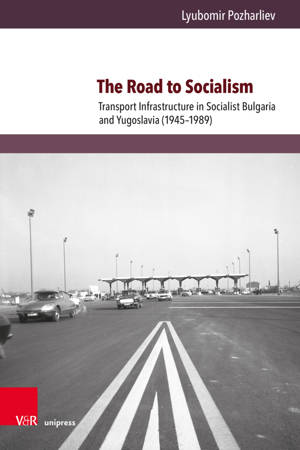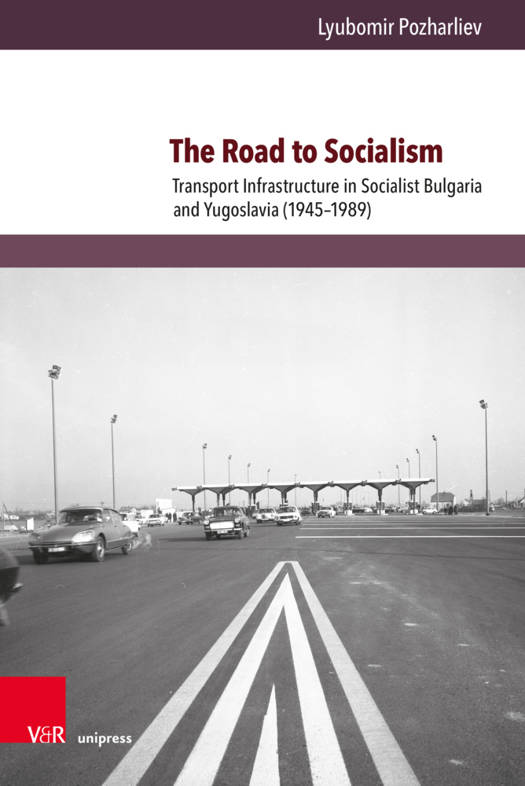
- Afhalen na 1 uur in een winkel met voorraad
- Gratis thuislevering in België vanaf € 30
- Ruim aanbod met 7 miljoen producten
- Afhalen na 1 uur in een winkel met voorraad
- Gratis thuislevering in België vanaf € 30
- Ruim aanbod met 7 miljoen producten
The Road to Socialism
Transport Infrastructure in Socialist Bulgaria and Yugoslavia (1945-1989)
Lyubomir Pozharliev
Hardcover | Engels | Kultur- und Sozialgeschichte Osteuropas / Cultural and Social History of Eastern Europe | nr. 13
€ 64,45
+ 128 punten
Omschrijving
The book is the first comprehensive empirical study of transport infrastructure in two socialist countries in the years 1945-1989. In the case study of Yugoslavia, the construction of roads was interrelated with building of socialist and trans-ethnic identities, uniting all federal republics. In practice, the Brotherhood and Unity highway was an artery linking the capitals of the most industrialized republics, neglecting Kosovo, Bosnia and Herzegovina, Montenegro and parts of Macedonia. In Bulgaria, there existed a clear ideological link between transport and (United Socialist) nation building. Bulgarian roads' disintegrative function was best seen in the example of the Highway ring which, constructed as an inner circle, isolated the border regions and areas inhabited by Bulgarian Muslims and Turks.
Specificaties
Betrokkenen
- Auteur(s):
- Uitgeverij:
Inhoud
- Aantal bladzijden:
- 325
- Taal:
- Engels
- Reeks:
- Reeksnummer:
- nr. 13
Eigenschappen
- Productcode (EAN):
- 9783847110040
- Verschijningsdatum:
- 10/07/2023
- Uitvoering:
- Hardcover
- Formaat:
- Genaaid
- Afmetingen:
- 155 mm x 231 mm
- Gewicht:
- 221 g

Alleen bij Standaard Boekhandel
+ 128 punten op je klantenkaart van Standaard Boekhandel
Beoordelingen
We publiceren alleen reviews die voldoen aan de voorwaarden voor reviews. Bekijk onze voorwaarden voor reviews.










